Defibrillators – 11 Myths Debunked
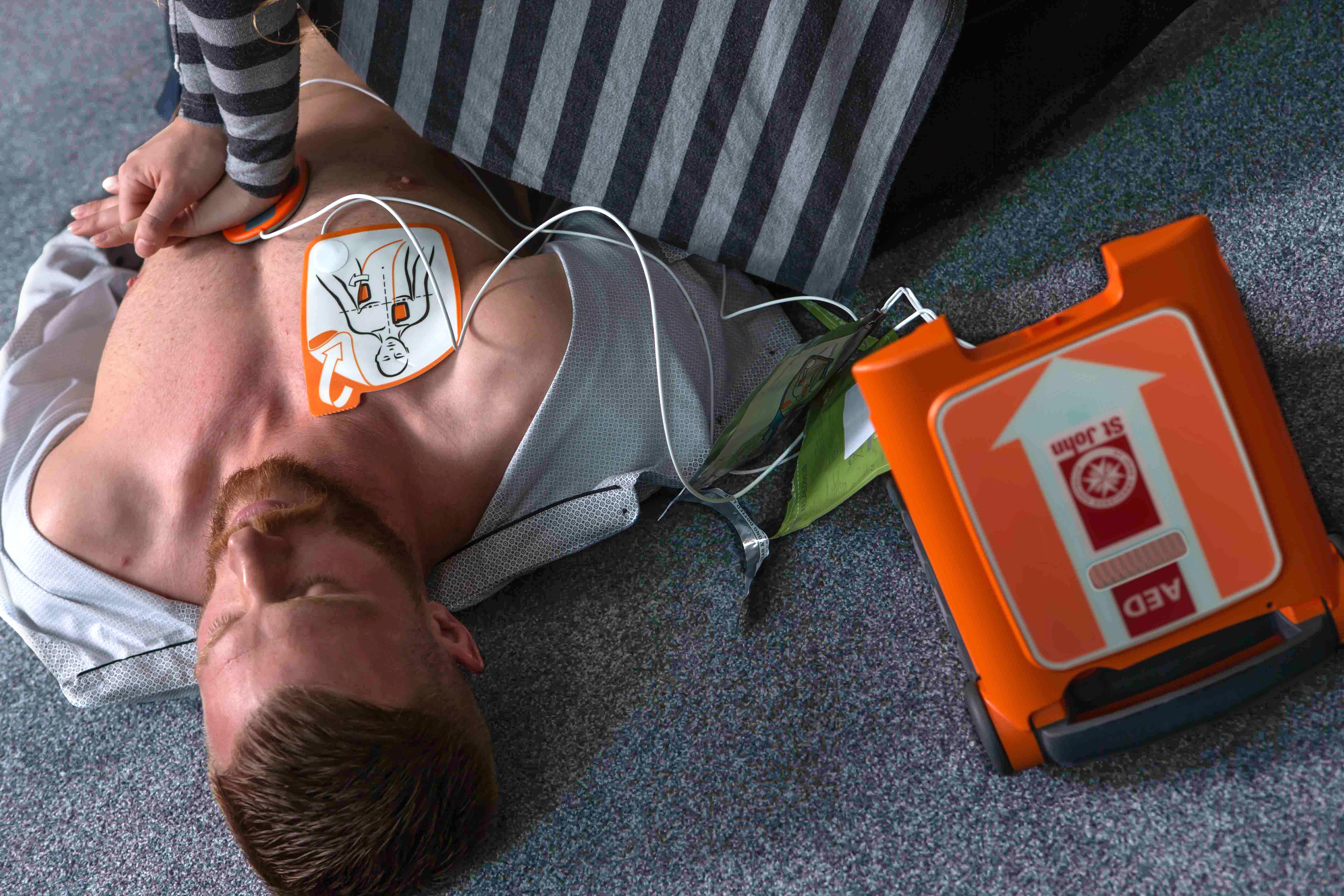
A Defibrillator, otherwise known as an Automated External Defibrillator (AED), is a life-saving device used to treat Sudden Cardiac Arrest. It is a powerful device that administers a scientifically measured electrical shock to the heart via electrode pads attached to the person’s chest.
But don’t be alarmed! Defibrillators are designed to save a life through a simple step-by-step process. Thanks to the easy to use design of Defibrillators, no matter who is present when a cardiac arrest strikes, someone can respond.
St John Ambulance Victoria spoke to the public to find out what the everyday person knows about Defibrillators. Results revealed that there are many myths and uncertainties surrounding Defibrillators. More than half (54%) of Australians would be too afraid to use a Defibrillator. Unfortunately, these unknowns hinder a bystander’s confidence to intervene in a cardiac emergency and utilise a readily available Defibrillator.
It’s important to remember that if someone receives defibrillation within the first few minutes of Sudden Cardiac Arrest their survival rate is increased up to 70%. With the survival rate as little as 5% without defibrillation, it is critical bystanders are informed and confident in using a Defibrillator when required.
Myth #1 – If you use a Defibrillator on someone and they do not survive you are legally liable
False. You have absolutely no liability when using a Defibrillator. Defibrillators are designed to administer a carefully calculated shock which will not harm the casualty. Defibrillator settings cannot be altered so there is no liability on the First Aid responder if the casualty does not survive.
When a Defibrillator is used in an emergency ‘The Good Samaritan Act’ is applicable. The act acknowledges that the First Aid responder did everything within their power to revive the casualty and the loss of life is at no fault of their own.
Myth #2 – I don’t need to use a Defibrillator on a patient if I’ve called an ambulance and it’s arriving soon
In the case of an emergency, you must always follow the DRSABCD plan. When a casualty is not responding or breathing, defibrillation is critical to ensuring the best chance of survival. Every minute that passes between sudden cardiac arrest and defibrillation reduces the chance of survival by 10%.
When a cardiac arrest occurs time is of the essence and defibrillation must be administered as soon as possible. You could be the difference between life and death in this situation, so act fast, perform CPR and apply a defibrillator until emergency services arrive.
Myth #3 – Applying a Defibrillator in the rain will cause it to electrocute the patient
False. There is a minimal possibility of shocking the patient if it is raining. If possible, always try to move the patient into a dry area, remove any wet clothing and towel dry the casualty.
If the casualty’s chest is not dry the electrode pads will not stick to the skin, which will hinder the strength and effectiveness of the shock delivered.
Myth #4 – A Defibrillator is used only to save someone having a heart attack
False. A heart attack is a result of the blood flow to the heart becoming blocked, whereas sudden cardiac arrest is caused by a failure of the electrical impulses that go to the heart, which then stops it from beating.
It is a common misconception that when someone suffers a heart attack their heart stops beating.
When a heart attack occurs the blockage of blood flowing to the heart reduces oxygen flow to the heart. This can then go on to cause sudden cardiac arrest. Only then would a Defibrillator be used.
You can learn more about the difference between a heart attack and sudden cardiac arrest here.
Myth #5 – When in use, a Defibrillator machine will make a loud KACHUNK and the casualty will jump several inches off the floor
False. This simply occurs in the movies for dramatic effect. When the casualty receives the automated shock their body will simply stiffen up and no sound will be made from the person or Defibrillator.
Myth #6 – In the event of an incorrect diagnosis, applying a Defibrillator to someone will shock them
False. Defibrillators are designed to assess the rhythm of the heart and whether an electrical shock is required. If the Defibrillator acknowledges the casualty’s heart is beating correctly, it will inform the First Aider that the shock is not advised. In this instance, even if the First Aid responder misunderstands and presses the ‘shock’ button the shock will not be delivered.
Myth #7 – A Defibrillator works through clothing and/or a hairy chest
False. Clothing must be removed (including a woman’s underwire bra) and any hair must be shaved from the chest area where the pads will be positioned. Chest hair can hinder the shock strength delivered to the casualty. The electrical pads need to be placed directly on the skin to ensure the full extent of the shock is received.
Myth #8 – One should place the two Defibrillator paddles/pads parallel to one another on a casualty’s chest
False. For adults, one Defibrillator pad should be placed on the casualty’s top-right chest above the nipple and below the collarbone in a diagonal direction facing towards the right shoulder. The other Defibrillator pad should be placed horizontally on the left side of the casualty underneath the nipple but above the belly button on the left side towards the casualty’s back.
With children, one Defibrillator pad should be placed in the middle of the casualty’s chest between the nipples, between the collarbone and belly button. The other Defibrillator pad should be placed in the middle of the casualty’s back, directly between the two shoulder blades.
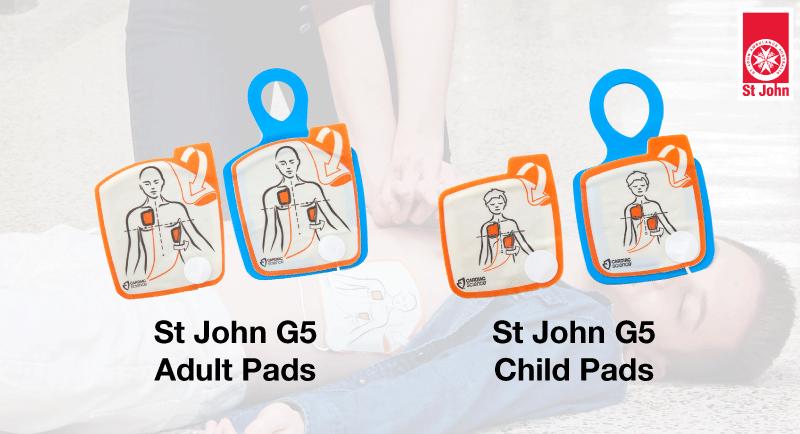
Myth #9 – If someone has a pacemaker you should not shock them with a Defibrillator
False. A Defibrillator can still be used on a person with a pacemaker. However, the top right pad must be positioned slightly away from the pacemaker scar. The golden rule when applying a Defibrillator pad on someone with a pacemaker is to position it a few centimetres closer to the casualty’s arm, away from the scar.
Myth #10 – You need expert training to use a Defibrillator
False. When a business or community organisation purchases a Defibrillator it is recommended, but completely optional, for staff or members to receive a briefing from the provider. However, the Defibrillator is designed for anyone to use, with or without training.
Defibrillators relay step-by-step instructions for the First Aider so anyone, in any circumstance can save a life in an emergency.
Myth #11 – A Defibrillator will restart someone’s heart that has flatlined
False. A Defibrillator is designed to administer a shock to interrupt chaotic or irregular heartbeats (known as ventricular fibrillation). The shock then stops the heart momentarily, allowing it to reset and resume a normal heart rhythm.
However, when a heart has flatlined there is no electrical pattern to disrupt and reset. The best response when a heart flatlines is to complete CPR to ensure vital organs are receiving adequate blood supply to maintain the viability of these vessels until emergency services arrive.
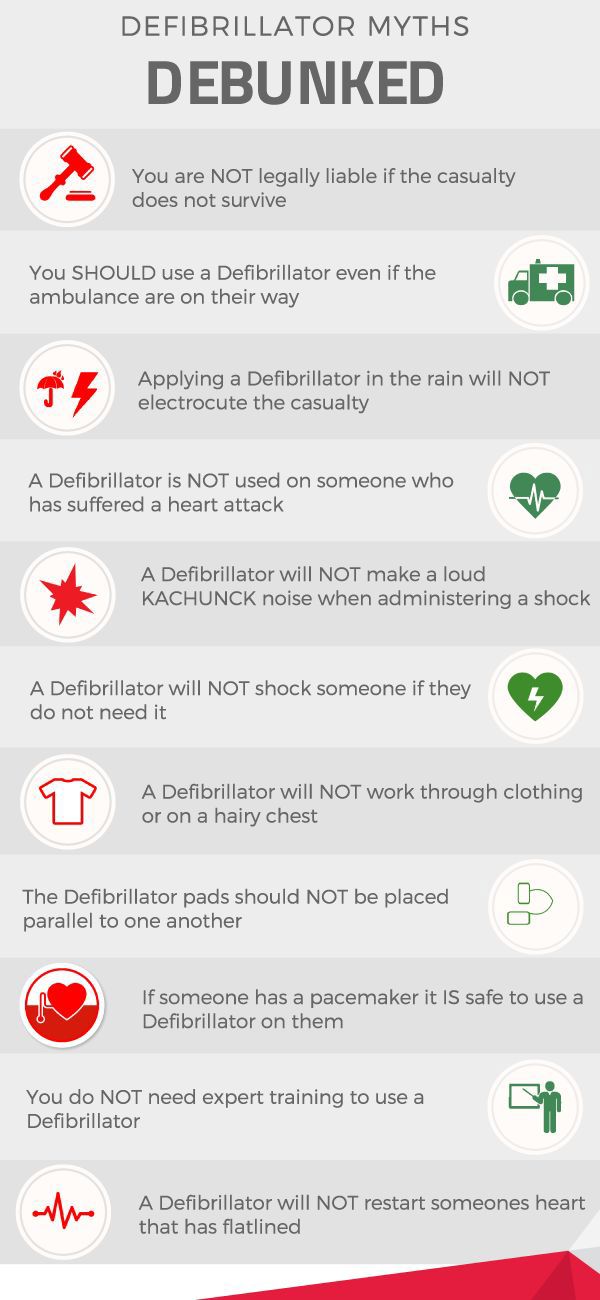
Defibrillators were specifically tailored to be used by the everyday person. No special training is required and a step-by-step instruction process will be available to the user.
If you followed the DRSABCD action plan then you or someone else at the scene will be on the phone with emergency services. The ambulance service will explain how to respond and assist, as well as answer any questions or concerns you may be faced with.
Defibrillation is always better than no defibrillation at all. If you are in a position to save a life remember, defibrillate at the earliest possible point as you could be the difference between life and death.
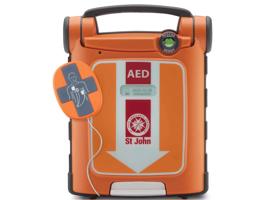
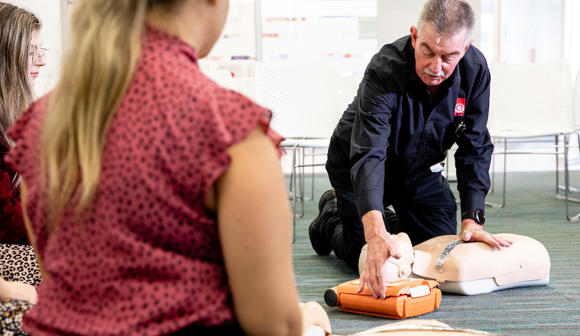
Shocktober 2023
Check out all the events we’re hosting to support Victorians this Shocktober from free CPR training, give aways and more.
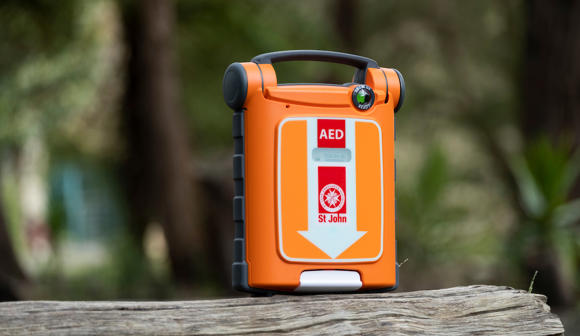
How to choose the right Defibrillator for you
Choosing a defibrillator can be hard. Read our list of things you should consider when choosing the right defibrillator for your needs.
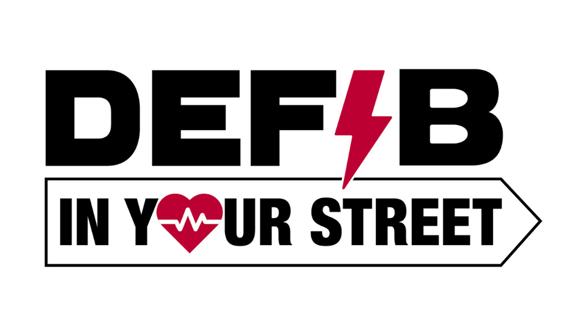
Defib in your street
After the successful launch in the Suburb of Reservoir in 2022, Defib in Your Street is currently aiming to make St Albans and the 3021 postcode the safest place in Australia to have a sudden cardiac arrest.
Find out more about the program.
